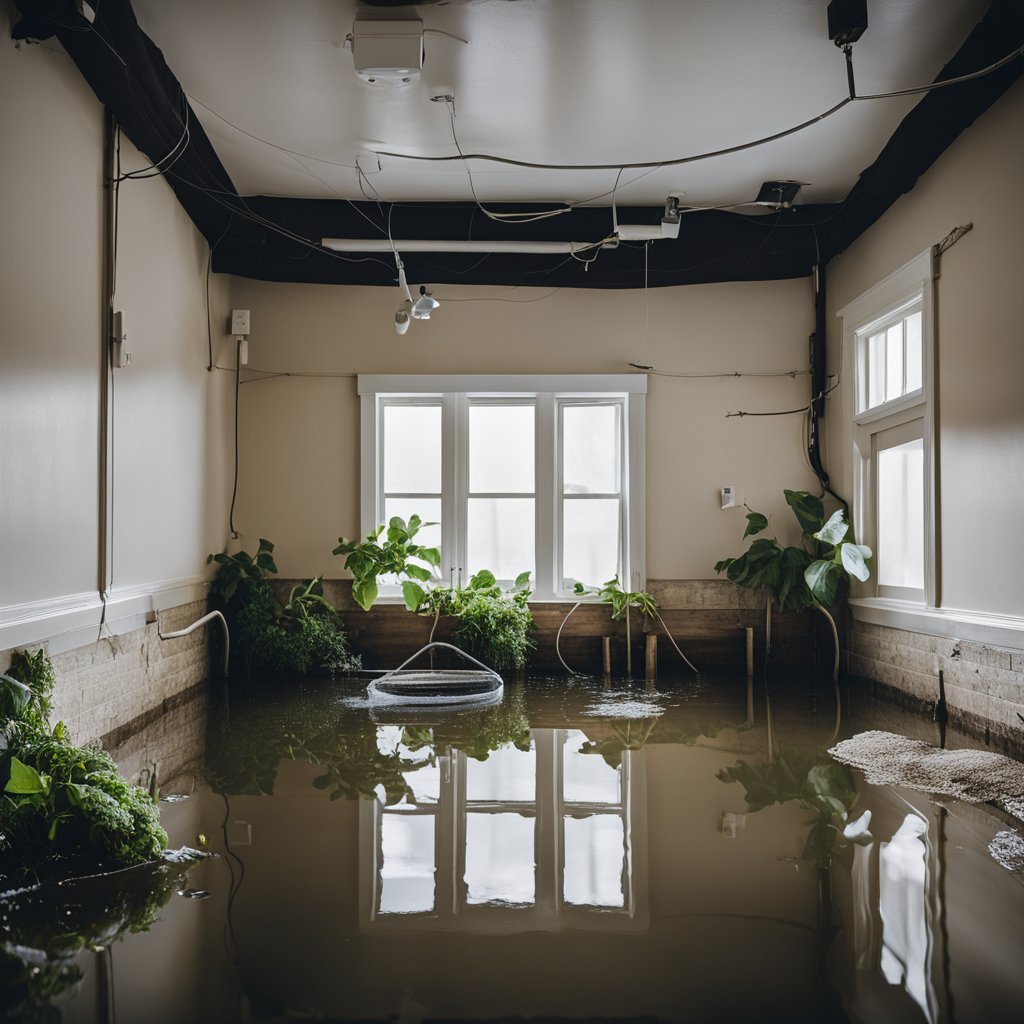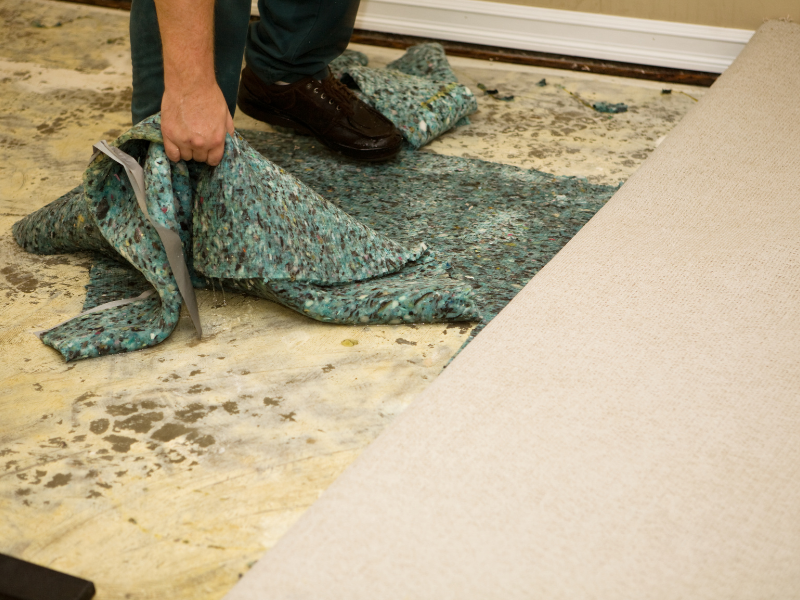Discovering a flooded basement can be a homeowner’s nightmare, posing significant risks to both property and health. Flooded basements can result from various factors, including heavy rainfall, burst pipes, or foundation leaks, leading to potential structural damage, mold growth, and loss of personal belongings. Understanding the essentials of flooded basement cleanup is crucial in mitigating these risks efficiently and restoring your home to safety. This comprehensive guide offers insight into the cleanup process, highlighting effective strategies and considerations for homeowners facing this daunting task.

Immediate Steps to Take
Safety First: Before entering a flooded basement, prioritize safety. Ensure the power is turned off at the circuit breaker to avoid electrical hazards. Wear protective gear such as gloves, boots, and a mask to protect against contaminants in the water.
Stop the Water Source: Identify and stop the water source if possible. This might involve turning off the main water valve in case of pipe leakage or placing sandbags outside if flooding is due to natural causes.
Document the Damage: Take photos or videos of the damage for insurance purposes. Detailed documentation is crucial for filing an accurate insurance claim.
The Cleanup Process
Water Removal: Begin by removing standing water. This can be achieved using a sump pump, wet vac, or buckets. Removing water as quickly as possible is vital to prevent further damage and mold growth.
Drying Out: After water removal, thoroughly dry the area with dehumidifiers, fans, and natural ventilation. This step is crucial in mitigating mold and mildew, which can start to grow within 24 to 48 hours after flooding.
Salvage and Dispose: Sort through damaged items, determining what can be salvaged and what must be discarded. Non-porous items can often be cleaned and saved, while porous materials like carpeting and upholstered furniture might need to be thrown away if soaked.
Cleaning and Disinfecting: Clean all affected surfaces with a mixture of hot water and heavy-duty cleaner. Then, disinfect with a solution of 1 cup of bleach per gallon of water to kill any pathogens. Always ensure the space is well-ventilated when using chemicals.
Mold Prevention: Treat the area with mold inhibitors to prevent mold growth. Inspect hidden areas such as behind walls and under floors for mold, which may require professional remediation or testing.
Professional Cleanup Services
While some homeowners may tackle a flooded basement cleanup on their own, significant flooding often necessitates professional services. Restoration companies specialize in water damage and can provide comprehensive services including water extraction, drying, dehumidification, cleaning, and mold remediation. Professionals are equipped with industrial-grade equipment and possess the expertise to handle various types of water damage, ensuring a thorough cleanup that safeguards your home against future issues.
Insurance and Financial Considerations
Contact your insurance company as soon as possible to report the flood. Understand your policy coverage, as some policies may not cover basement flooding due to external factors like natural disasters without specific riders. Provide your insurer with documentation of the damage and keep records of cleanup efforts and expenses, which can be crucial for reimbursement.
Prevention Tips
Preventing future basement floods is essential. Consider the following measures:
- Maintain Gutters and Downspouts: Ensure they are clear of debris and direct water away from your home’s foundation.
- Install a Sump Pump: If you don’t already have one, installing a sump pump with a battery backup can be a lifeline in preventing basement flooding.
- Improve Landscaping: Adjust the landscape around your home to encourage water to flow away from the foundation.
- Inspect and Repair Foundation Cracks: Regularly inspect your basement for cracks or leaks and repair them promptly to prevent water ingress.
Conclusion
Flooded basement cleanup is a daunting but manageable task with the right approach and resources. Prioritizing safety, acting quickly to remove water and dry the area, and taking steps to prevent future flooding are key to protecting your home and health. Whether you choose to undertake the cleanup yourself or enlist professional services, understanding the process is the first step towards recovery and ensuring your basement remains dry and safe for years to come.


